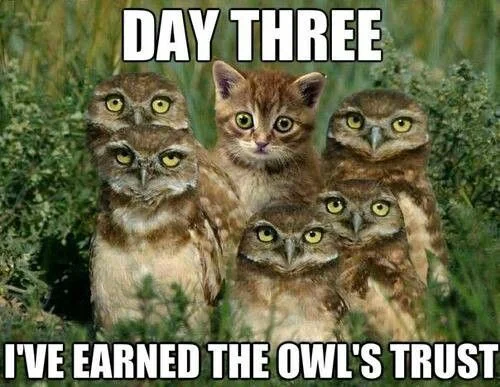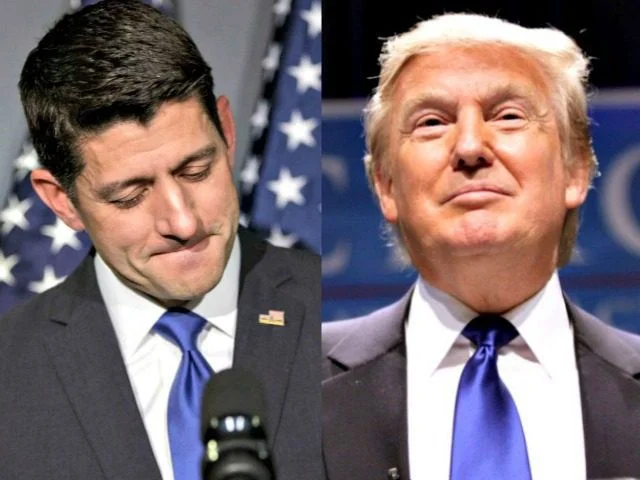I’ll kick off this post with a definition of trust, but focus on an analysis of trust in everyday and not-so-everyday situations: about 12,000 conversations among friends, family members and strangers. About 10% of all these conversations make some mention of trust. Then I’ll turn to more extreme situations exemplified by characters in 135 different TV shows, episodes are longer than conversations but on average 53% of TV episodes make at least one mention of trust.
Read MoreIt is universally recognized by experts that Cher is the Queen of Emoji. (Hail, Cher.)
I’m pretty sure this is what Cher wears while she tweets emoji after emoji after emoji
But as far as I know, no one has (a) performed an actual analysis to prove this, nor has anyone (b) performed an adequate interpretive dance to Dark Lady. I once tried to tackle (b) at a retreat near Big Sur, but today my focus is (a).
Read MoreEvery few years, I go through an exercise where I collect a giant list of values, virtues, and intentions and rank them. The whole endeavor is a pseudo-quantitative approach to something deeply qualitative, but it articulates what I’m finding meaningful and helps me choose how I spend time, energy, and money. In the past, it’s been especially useful for helping me come up with responses to tricky situations where I don’t immediately know what to do.
Read MoreYou don't have to know French to be able to have fun with this article (use Google Translate!). It's about why there are all these band names with all caps and no vowels...what are the patterns?
Read MoreTldr: gender doesn’t make for good soundbites if you’re doing it right.
Here’s a headline from Politico that is counter-intuitive, aggravating, and compelling: Donald Trump talks like a woman. I’d like to speak out on behalf of a bunch of linguists who say KNOCK IT OFF.
Read MoreI’ve been vaguely obsessed by Donald Trump’s use of believe me. How does he use it? How should we interpret it? In pursuing these questions, we’ll see how much more he uses believe me than everyone else and how he puts it in a different place than everyone else, too.
Read MoreIf you follow politics in America even a little bit, you know that Republicans talk a lot about taxes and that Donald Trump loves the word tremendous. But how do these rank relative to each other and to what Democrats (and Hillary Clinton, in particular) tend to talk about? Well, one finding is that over the years, Republican candidates have been even more preoccupied with Hillary Clinton than they have been with Ronald Reagan. Another finding is that the debates for the current election have been ~157% more negative than all previous debates.
Read MoreThis post wraps up a series I’ve been doing on using machine learning models to understand recent American political debates (here and here). By taking all the transcripts of the debates since last year, I show which words and phrases most distinguish debaters’ styles and issues. Training a computer to identify speakers is usually thought of as a way of doing forensics or personalization. But here, I’m interested in something closer to summarization. If you can pick one section of talk for each candidate from the last debate, which moments are most consistent with everything they’ve said up to then?
Read MoreLet’s teach a computer to guess who-said-what in the first US presidential debate between Hillary Clinton and Donald Trump. This is a way of finding out which moments the candidates were most like themselves — as well as when they were most like Bernie Sanders or Ted Cruz.
Read More“Periods are not dead,” says computational linguist Tyler Schnoebelen, who turned to his own trove of 157,305 text messages to analyze how the final period—a period at the end of a thought or sentence—was being used and shared his initial results exclusively with TIME. “They’re actually doing interesting things.”
Read MoreYou can get pretty far in text classification just by treating documents as bags of words where word order doesn’t matter. So you’d treat “It’s not reliable and it’s not cheap” the same as “It’s cheap and it’s not not reliable”, even though the first is an strong indictment and the second is a qualified recommendation. Surely it’s dangerous to ignore the ways words come together to make meaning, right?
Read MoreDonald Trump isn’t “there yet” in supporting Republican Speaker of the House Paul Ryan. Ryan has repeatedly chastised Trump and famously said he wasn’t there yet on Trump earlier this year. How strong is his distaste? Did he (and his writers) overcome it at the RNC Convention?
Read MoreWe know that Republicans and Democrats talk differently, but what’s the best way to describe these differences? Commentators note the relative darkness of the Republican National Convention and the focus on optimism and higher production quality for the Democratic National Convention. Looking at the words speakers use helps–but you can’t just use simple frequency (for details, check out the methodology section at the bottom).
Read MoreJune 21st is the release of Unicode 9, which will feature 72 new emoji–folks at Emojipedia have helpfully put them all together. The question in this blog post is: which ones will turn out to be the most popular? (Note that most people aren’t going to be able to use them immediately–you have to get an update of your phone/browser for them to show up and so will anyone you want to send them to.)
Read MoreEarlier this week, I talked about the major themes in how the press has been covering artificial intelligence since 2015. This post puts the recent months in context, looking at whether we are in an AI spring time (tl;dr: we are) and when the AI winter(s) were. A big theme is going to be hype-and-disappointment, so we’ll close on “are we in hyperhype right now?”
Read MoreIf you could read everything on Google News that mentioned artificial intelligence, what would you find? (tl;dr: a lot of stuff on Google and humans)
Read MoreI’ve been training an artificial intelligence system to write poetry and this morning I got interested in what the little parts of syntax and semantics are that preoccupy poets compared to other forms of written language. So I took a heap of poetry and a heap of not-poetry , pulled out the bigrams (two-word phrases) and did some statistics to see what distinguishes poetic writing from non-poetic writing.
Read MoreTYLER SCHNOEBELEN HAS discovered something curious about why people use the skull emoji. Schnoebelen is a linguist and the chief analyst for Idibon, a firm that interprets linguistic data. So recently he got interested in emoji. He analyzed a million social media posts containing those familiar little pictograms and found that when people talk about their phones they’re 11 times more likely to use the skull.
Read More
















